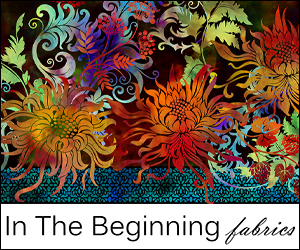
Social media strategy consists of three elements: content, management, and giving. Last week we covered part one, content. This week we’ll tackle the next two elements, management and giving.
Social Media Management
Once your content is live it’s important to check your metrics. But first, you’ll want to set some goals. We recommend three-month, six-month, and annual goals. These can vary including increasing your newsletter subscriptions, to having more sales on particular items, or expanding your audience. Create a spreadsheet to track how past posts are performing.
Content Strategy and Giving
The next step is to keep the conversation going. That’s what we call giving. This means interacting with your posts (responding to comments, following other businesses, and commenting on other people’s content).
If any of these pieces seem too much for one person, remember you can pull in help from your team. You can also save time by grouping all of these into different chunks. One chunk to batch edit photos, another to interact with content, and so on.
Inspiration for this post comes from “Develop a Social Media Strategy” by Anneliese Johnson, account manager for Stitchcraft Marketing, and published in the December 2022 issue of Creative Retailer.
If you’re looking for more information to guide you in owning a retail business, subscribe to Creative Retailer today. Already a subscriber? No worries—join our Facebook group for insights and dialogue from industry specialists like you. And don’t forget, you can always purchase single issues if you prefer that instead.
If you still can’t get enough, register for the Creative Retailer LIVE Spring 2023 event May 2-4 in Pawhuska, Oklahoma for opportunities to learn from peers and network with industry professionals.





